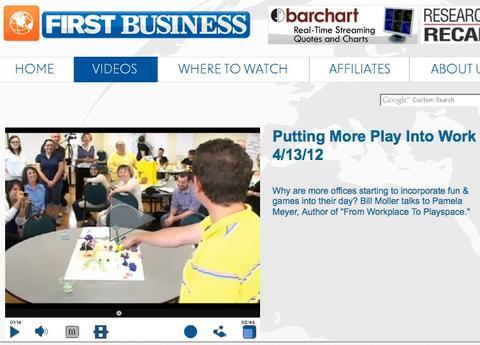In the past several years working with organizations that want to be more agile and innovative, I have noticed a common theme: Those that are successful don’t leave their agility to chance. Agile leaders, teams and organizations intentionally and consistently maintain a mindset, behaviors and practices that enhance their capacity to respond effectively to unexpected challenges and opportunities.
I have outlined a number of these practices in past posts that focus on individual and team agility.
If You Are Not Challenging Yourself, You Are Not Changing
The best way to ensure you and your organization are maintaining and expanding your capacity for agility is to practice intentional agility. The slogan (“Don’t leave agility to chance”) is regularly shouted out during the spin classes and boot camps I (sometimes reluctantly) take to maintain my own fitness and physical agility. The boot camp coaching, however, applies well beyond the gym.

The blessing and curse of the human (and by extension) organizational condition is that we tend to default to our comfort zones and routines. Even experiences that were once a stretch (such as a challenging workout) can become a comfortable routine over time. This is why learning agile leaders are constantly seeking out new stretch experiences and are always acquiring new skills and knowledge.
The bottom line is that sustained performance over time, the truest indicator of agility, takes regular, intentional practice.
You would not expect to become a contender in a tennis tournament, 5K race or even weekend softball league while reclining on your couch, any more than you can expect to compete in an ever-changing marketplace by resting on past successes.
Want to assess your current capacity for agility and discover the best place to put your time and resources?
Take the Agility Shift Inquiry: http://www.theagilityshift.com/
What intentional practices do you employ to maintain and expand your ability to respond to new opportunities and challenges?


